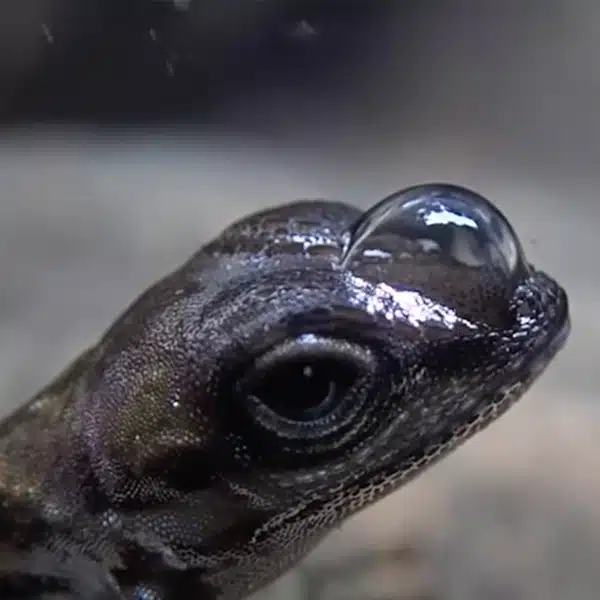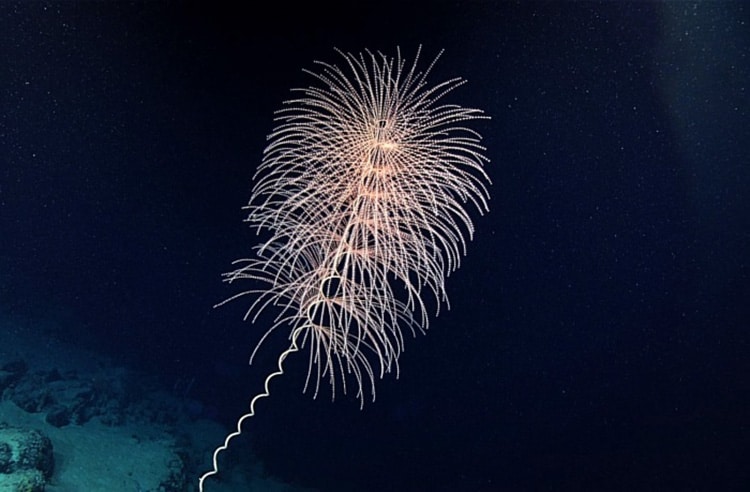
Deep-sea octocorals glow. (Photo: NOAA Office of Ocean Exploration and Research)
According to NOAA, “Bioluminescence is the production and emission of light by a living organism.” It is frequently found in ocean creatures who have evolved to have this unique property. According to Andrea Quattrini of the Smithsonian’s National Museum of Natural History, the ultimate reason behind the ability is still unknown. Quattrini and his colleagues recently published a paper in Proceedings of the Royal Society B, illuminating the prehistoric past of bioluminescent sea life. It turns out the ability existed at least 540 million years ago in octocorals.
“We wanted to figure out the timing of the origin of bioluminescence, and octocorals are one of the oldest groups of animals on the planet known to bioluminesce,” lead author Danielle DeLeo says in a statement. “So, the question was when did they develop this ability?” They focused on octocorals, whose evolution DeLeo had previously worked on. By comparing modern species with fossils, they applied statistical measures. “If we know these species of octocorals living today are bioluminescent, we can use statistics to infer whether their ancestors were highly probable to be bioluminescent or not,” Quattrini explains. “The more living species with the shared trait, the higher the probability that as you move back in time that those ancestors likely had that trait as well.”
Based on their models, it is quite likely ancient octocorals could produce their own light as far back as 540 million years ago. This is a much more ancient estimate than the 273-million-year-old luminescent ostracod crustaceans. Octocorals, according to the museum, “only do so [luminesce] when bumped or otherwise disturbed, leaving the precise function of their ability to produce light a bit mysterious.”
Though it is surely one of the beautiful incidences of nature, there's still much to learn about this fascinating power, which may have evolved for any number of reasons.
The property of bioluminescence is prehistoric, as new evidence suggests that it may stretch as far back as 540 million years ago.
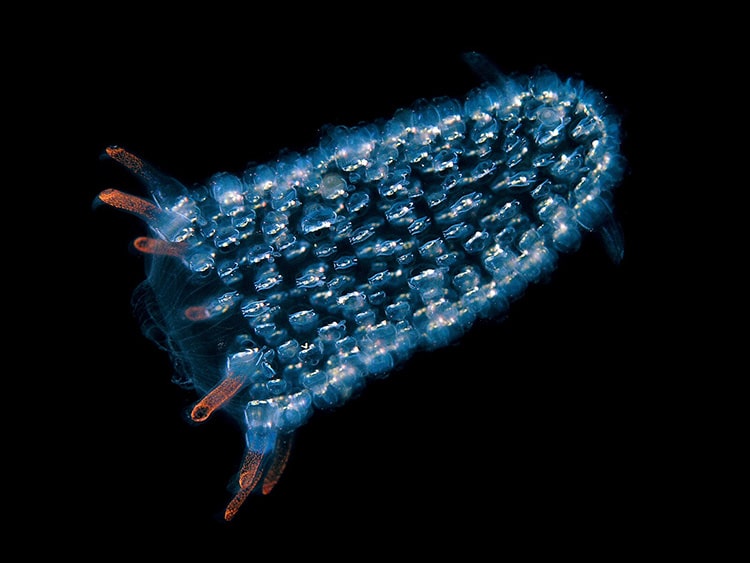
A Pyrosome pelagic colonial tunicate. (Photo: Nick Hobgood via Wikimedia Commons, CC BY-SA 3.0 DEED)
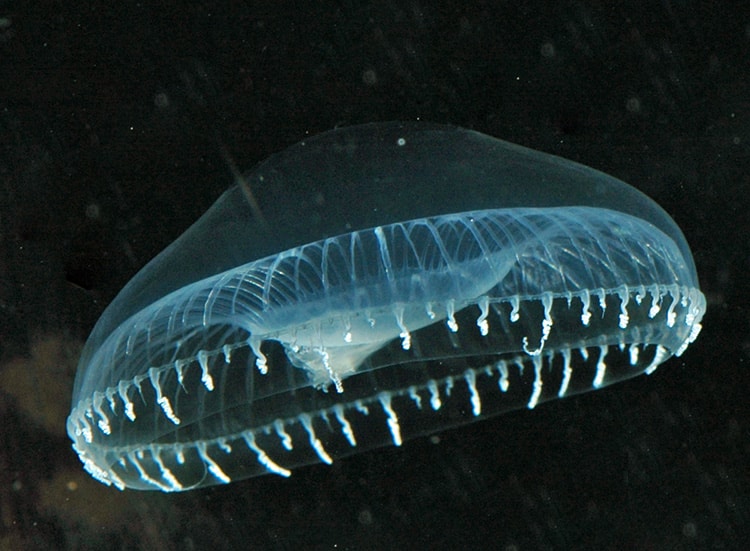
An Aequorea victoria. (Photo: Sierra Blakely via Wikimedia Commons)
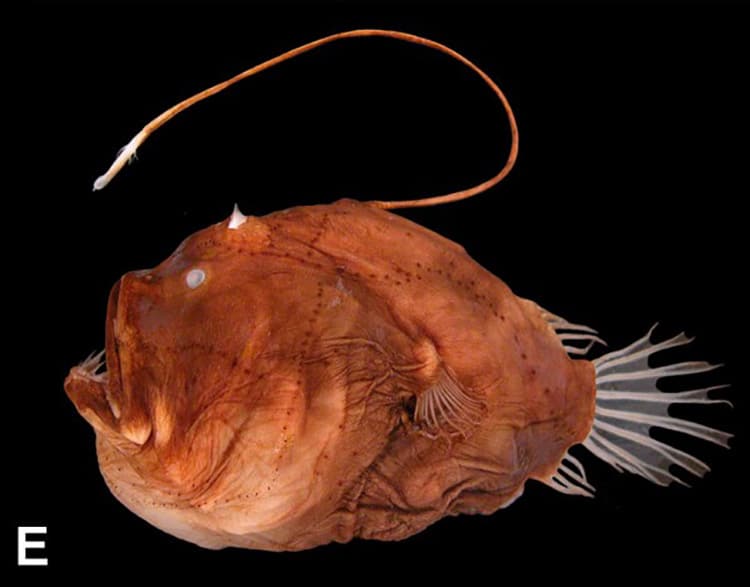
A Bufoceratias wedli. (Photo: Masaki Miya et al. via Wikimedia Commons, CC BY 2.0 DEED)
h/t: [IFL Science]
Related Articles:
Divers Discover Incredibly Rare Handfish While Exploring Sunken Ship
Ancient Burial Site Reveals Foxes May Have Been Human‘s Best Friend Before Dogs
Arctic Researchers Get Surprised by Polar Bear Visitors While Making Breakfast






















































































